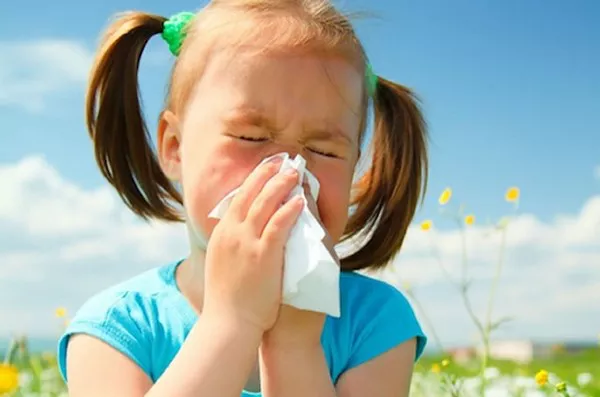As the chill of winter gives way to the warmth of spring, many eagerly anticipate the blossoming of flowers and the return of greenery. However, for some, the arrival of spring also brings a less welcome guest: allergies. If you’ve ever found yourself sneezing, sniffling, or dealing with itchy eyes during the spring months, you’re not alone. In this comprehensive guide, we will explore the common allergies that emerge in the spring, delve into the triggers behind these reactions, and provide insights into managing and alleviating springtime allergies for a more enjoyable season.
The Culprits Behind Spring Allergies
1. Pollen Grains
One of the primary triggers of spring allergies is pollen. Trees, grasses, and flowers release pollen grains into the air as part of their reproductive process. When these pollen grains come into contact with the nose, eyes, or throat of susceptible individuals, allergic reactions can occur.
2. Tree Pollen
In early spring, tree pollen is a significant contributor to allergic symptoms. Trees such as oak, birch, maple, and pine release pollen that can be carried by the wind over long distances.
3. Grass Pollen
As spring progresses into summer, grass pollen becomes a more prominent allergen. Common grasses like ryegrass, Bermuda grass, and Timothy grass can trigger allergic reactions in sensitive individuals.
4. Flower Pollen
While flowers are beautiful, their pollen can also contribute to spring allergies. Flowers like daisies, sunflowers, and chamomile release pollen that can cause allergic responses.
See Also: Pollen Season: Everything You Need To Know
Recognizing Spring Allergy Symptoms
1. Sneezing and Runny Nose
Sneezing fits and a runny or congested nose are hallmark symptoms of spring allergies. These reactions occur as the body’s immune system responds to inhaled pollen.
2. Itchy, Watery Eyes
Itchy and watery eyes are another common spring allergy symptom. Pollen can come into contact with the eyes, leading to irritation and discomfort.
3. Scratchy Throat and Coughing
Some individuals may experience a scratchy throat and coughing due to postnasal drip, a result of excess mucus production triggered by pollen exposure.
See Also: Common Allergens Causing Body Itching: Things You Need to Know
Managing Spring Allergies
1. Monitor Pollen Counts
Check local pollen forecasts to stay informed about pollen levels in your area. On high pollen days, consider limiting outdoor activities, especially during peak pollen times.
2. Keep Windows Closed
While the temptation to let fresh air in is strong, keeping windows closed can help prevent pollen from entering your home and exacerbating allergy symptoms.
3. Use Air Purifiers
Air purifiers with HEPA filters can help remove pollen and other allergens from indoor air, providing relief for allergy sufferers.
Over-the-Counter Allergy Medications
1. Antihistamines
Over-the-counter antihistamines can help alleviate allergy symptoms by blocking the effects of histamine, a chemical released during allergic reactions.
2. Decongestants
Decongestant medications can provide temporary relief from nasal congestion, allowing for easier breathing.
3. Nasal Sprays
Nasal corticosteroid sprays can reduce inflammation in the nasal passages, providing relief from congestion, sneezing, and runny nose.
Consultation with a Healthcare Professional
1. Allergy Testing
If your spring allergies are particularly bothersome, consider undergoing allergy testing to identify specific triggers. This information can guide targeted treatment strategies.
2. Prescription Medications
A healthcare professional can recommend prescription-strength allergy medications or immunotherapy treatments for severe or persistent allergies.
Conclusion
In conclusion, spring allergies are a common seasonal challenge that many individuals face as the weather warms and nature reawakens. The pollen released by trees, grasses, and flowers can trigger allergic reactions ranging from sneezing and runny nose to itchy eyes and scratchy throat. By recognizing the symptoms and triggers of spring allergies, you can take proactive steps to manage and alleviate your discomfort. Whether through monitoring pollen counts, using over-the-counter medications, or seeking guidance from a healthcare professional, there are various strategies available to help you enjoy the beauty of spring without the burden of allergic reactions. Remember, each individual’s allergies may differ, so finding the right approach for you is key to a more comfortable and symptom-free spring season.


